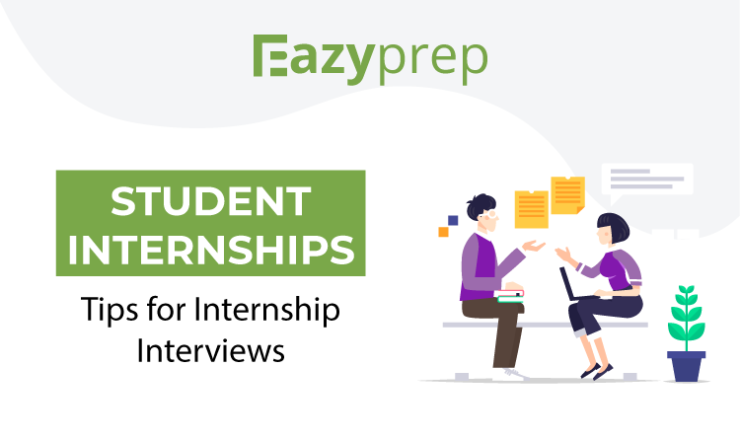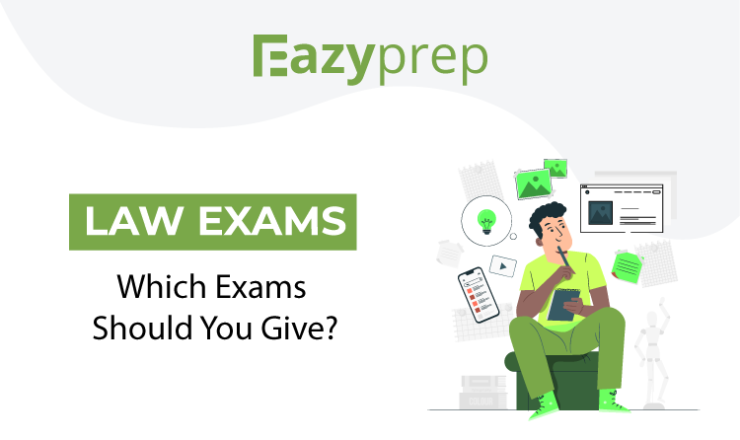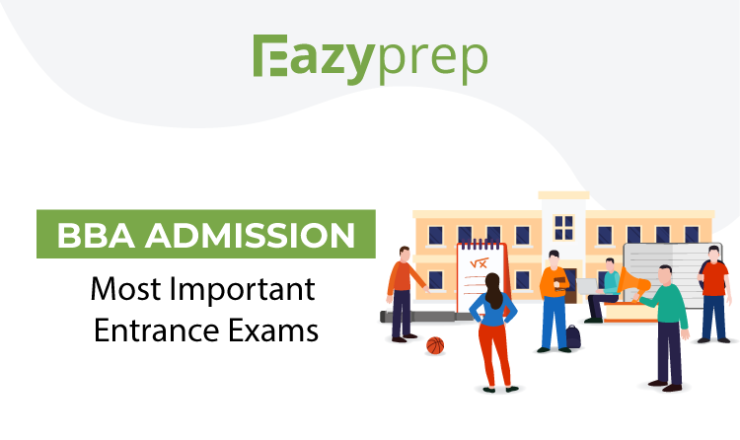![]()
Hello!
In this article, let’s talk about a common problem a lot of us face while preparing for exams. And that problem is- reading new topics.
If you have noticed, whenever you read a new topic, your reading speed becomes really, really slow. Also, if you are anything like me, you will start reading the topic with deep concentration, and then start getting lost in between. And the worst scenario would be, you read and read the chapter carefully, with your eyes squinched in concentration, finger following all the words and lips quietly murmuring the words. And as soon as the topic ends, your mind says, “What? What does that even mean?”
Yes. Reading new topics is problematic because it takes too long, it is difficult to concentrate upon, it does not make sense and it is forgettable.
And unfortunately, as an entrance exam aspirant, you have to read a lot of new topics, so this problem is something you just cannot afford.
So here are four steps you need to take to read new topics quickly and with maximum focus, understanding and retention. It may look like a lot of steps, but trust us (we have been studying for years and years (and years)), this way is quicker and will give you better value for your time. It is based on various principles of learning and neuro-cognition. So here we go:
1. Snapshot Reading
Purpose: Knowing what to expect in the topic
This quick reading is just a way to get a feel of the new topic and keep a snapshot of it in your mind. This reading is all about looking. You will not technically “read” anything in this time. Just spend half a second on each page, look at it and move to the next page. Here’s what you do:
- Look at the topic title
- Look at the font style, the paragraph lengths, the white space in the pages. Think of how difficult or easy it would be to read this text.
- Look at any tables, illustrations, flowcharts, etc. that may have been provided
- Count how many pages are there in the topic. This will help you have a reading target in mind in later readings.
2. Skim Reading
Purpose: Building the knowledge framework in your head
As we will be talking about in another #MustRead soon, all of us learn by fitting new information into a pre-existing framework in our mind. This is what you will do in skim reading. You will build the framework in your head, and then fill the details in it later. For example, for the topic of Battle of Plassey, your framework would be: what happened, why it happened, between whom, where and when. Once you have this framework ready in your head, it would be easier to fill it with the details later.
So here is how you skim read a new topic:
- Read the table of contents or chapter overview, if available, to understand the structure of what you will be reading
- Read the titles of all paragraphs. If unavailable, read the first line or first few words of each paragraph
- Read the keywords given in bold (if present) to understand important points
- Read the summary of the topic to capture the main points
3. Quick Reading
Purpose: To get a preliminary understanding of the topic
Now that your framework for the new topic is ready after skim reading, this is the time for reading the topic and fill your framework with topic details. However, as this is preliminary reading, do not take too long to try to understand each and every word. Here are some ways to quick read most effectively:
- For long chapters, remember the number of pages in the topic. Divide them into achievable goals. Like 12 pages, divided by 3 is 4 pages. So you need to finish at least 4 pages in one go. Then refresh yourself for a minute and restart for the next 4 pages, and so on.
- Keep a pencil in your hand and start reading the chapter from the title, following the words with your pencil. Read each and every word. You can use your finger for following the words too.
NOTE: If some parts of the topic are irrelevant for your exam, do not read them. Use this technique only for parts relevant for your syllabus.
- Do not attempt to understand everything. Just keep reading.
4. Deep Reading
Purpose: To fully understand the topic, quickly revise and make notes for later revision
Depending on how difficult the topic is, by now, you would have 50-70% understanding of the topic. Deep reading is the time to quickly revise the topic, mark or note important points for revision, and focus on understanding difficult points in the topic. Here’s how to deep read:
- Make sure you are refreshed and ready to focus. If not, just walk around a few steps and refresh your mind. Because you need to really focus now!
- Keep a pen, pencil, highlighter in your hand. If the book or handout is yours, and you prefer to make notes or highlight/underline in it, you may do that. If you prefer making separate notes, keep your notes copy ready.
- Read the topic from the beginning again with full concentration. You will notice that your reading is much quicker and with more understanding. This is because the framework and major details of the topic are already in your brain!
- Keep understanding topics and connecting concepts while you read. Things which did not make sense in the quick reading will make sense now.
- Underline, or highlight important points which you would want to read while quickly revising later. If you are making separate notes, write the points down.
- Slow down when you reach points which were difficult to understand earlier. Understand them. Maybe consult a friend, teacher, internet or dictionary, if needed.
- Finish the topic feeling like a guru! 😀
Once you have read a topic like this, trust me, you are going to be extremely confident about it. Try out some questions on the topic to test your new gained knowledge! Later on, of course revising the topic is very important too, and we will be sharing techniques for that as well. But I kid you not, trust me, this is THE best way to read new topics. Give it a go and let us know your experience.


